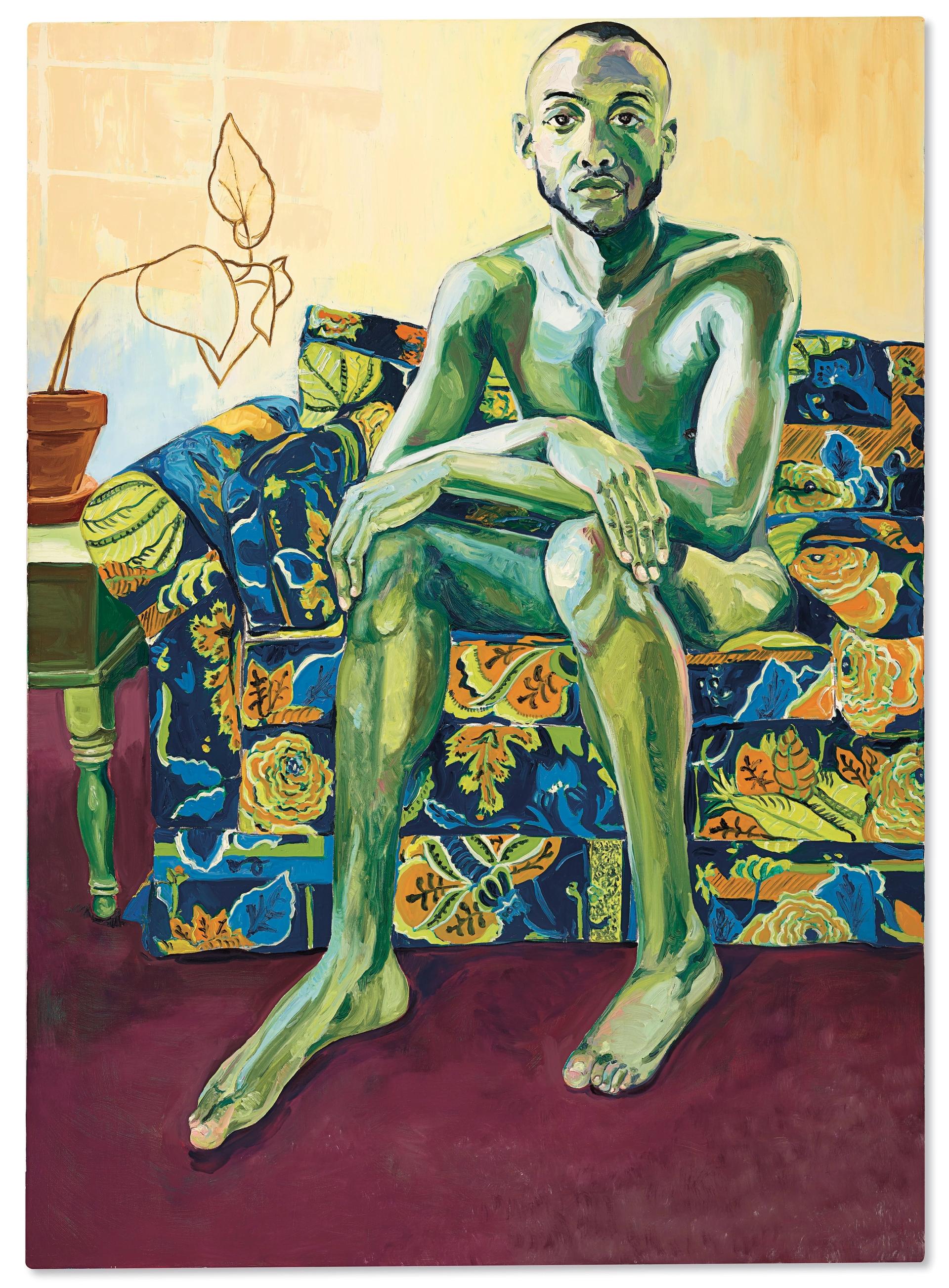The boundaries between traditional auction house categories have been slowly eroded over the past decade, with specialist art and antiques departments in traditional areas gradually merged or dissolved, making way for those catering to new, lucrative market (such as designer handbags and sneakers…and perhaps in future, NFTs) to spring up.
Now, Christie’s is doing away with two of the biggest ones—beginning with this May’s giga-week auctions in New York, it will replace sales of Impressionist and Modern and Post- War and Contemporary with those of “20th Century Art” and “21st Century Art”.
The new format, Christie’s says in a statement, “reflects evolving market demand and the collecting habits of our clients” and “seeks to make new stylistic connections, approach topics such as race and revolution from a new lens, and create space to amplify voices that have been historically overlooked and undervalued.”

The 21st Century evening sale on 13 May contains works dating from the 1980s to today, including Jordan Casteel’s Jiréh from 2013 (estimate: $350,000-$550,000)
But how much has this decision been influenced by the dwindling supply of quality Impressionist and Modern works? “Of course, the greatest Impressionist and Modern works are becoming increasingly rare, but this has always been the case,” says Alexander Rotter, Christie’s chairman of 20th & 21st Century Art. “What drove the decision, was the desire to create sales that emphasize the factors that made the most important works of the 20th Century revolutionary to begin with, and to highlight their lasting impact on the art that would follow.” So, the new format could put a Monet with a Rothko, which Rotter thinks will draw “a powerful connection between these two ground-breaking artists whose impact on Abstraction would change the trajectory of art as we now know it.”
The 20th Century evening sale on 11 May, including works from the 1880s to 1980s, is led by Monet’s Waterloo Bridge, effet de brouillard (1899-1903) estimated in the region of $35m.
The 21st Century evening sale on 13 May contains works dating from the 1980s to today, from Martin Kippenberger’s Martin, ab in die Ecke und schäm Dich (Martin, Into the Corner, You Should Be Ashamed of Yourself) from 1989 (estimate: $10m-$15m) to Jordan Casteel’s Jiréh from 2013 (estimate: $350,000-$550,000). And in future, 21st century sales “certainly could” include NFTs, a spokesperson says.
Rotter says that while there will be “wriggle room” for that 1980 cut-off point, “there is a real dividing line that was created in the 1980’s, when artists became increasingly focused on confronting issues of race, sexuality, identity and politics, topics that have only become more prevalent in the art being created today.”
Rotter stresses that this new format does not mean a dumbing down nor “impact the enormous importance of individual specialties. We continue to see enormous value in our specialist’s deep-seated expertise in their respective areas.”
Internally, Rotter says, “there hasn’t been too much change”. Ana Maria Celis, who previously oversaw the Post-War and Contemporary Art Evening Sale, will head up the 21st Century Evening Sale while Vanessa Fusco, a senior Impressionist and Modern specialist, and Emily Kaplan, who formerly headed Christie’s Post-War and contemporary art day sales, will co-head The 20th Century Evening Sale.


